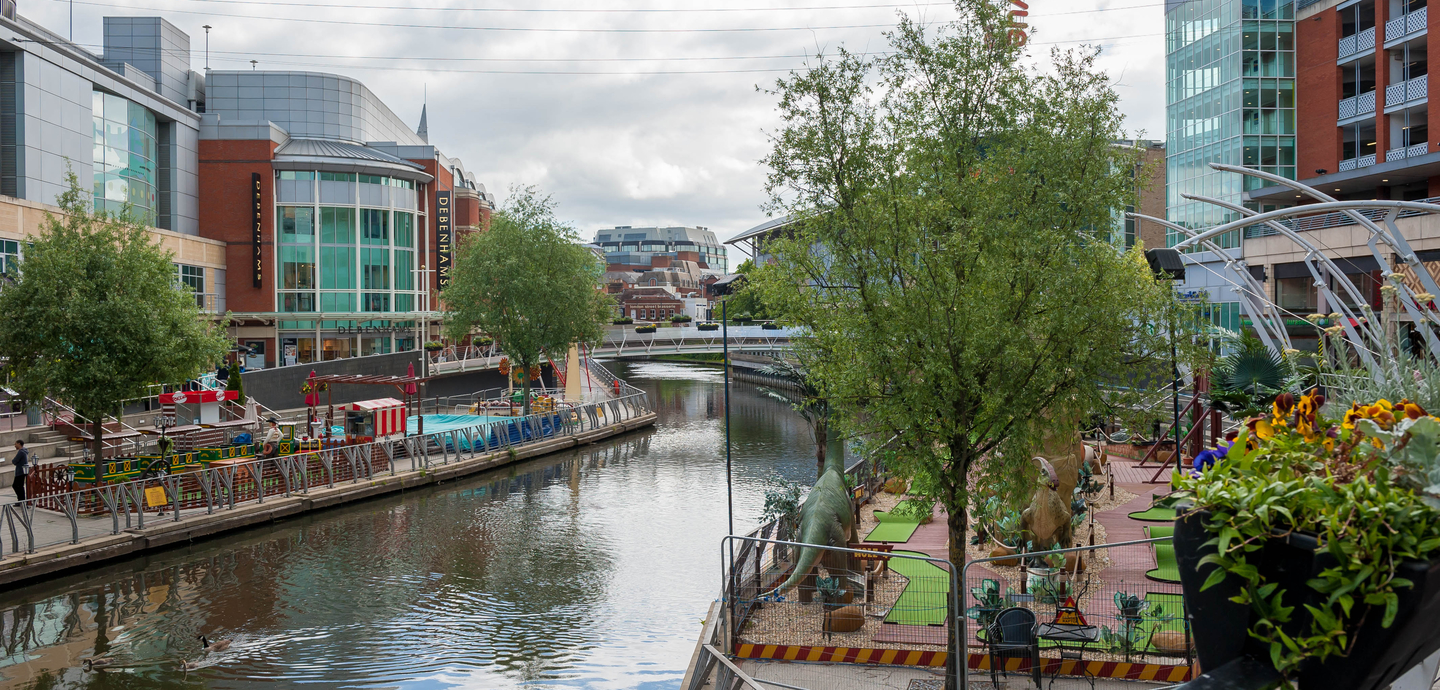Professor Kathy Pain explores how the town once famed for ‘beer, biscuits and bulbs’ became a hub for high tech industry and explains how smarter town planning could secure its future economic success, ahead of her Reading 2050 lecture on 28 March.
Reading’s rise from English county town, historically known for its ‘three Bs’ (beer, biscuits and bulbs), to an internationally networked business hub with significance for overall UK productivity was first noted prior to the 2008 global financial crisis.
A magnet for business
A major EUR 2.4 million North-West European study paid for by the European Regional Development Fund and UK national and regional government identified a growth process associated with globalization occurring in an arc to the west of London. This encompassed smaller centres, such as Reading, that were growing at a similar rate to the capital, economically.
Reading stood out in this functional sub-region geography as a magnet for business services, found in global financial centres like the City of London, as well as a cluster of high-technology industries which exploited the town’s excellent motorway and high-speed rail connections and its proximity to Heathrow airport.
Reading’s economic strength has since then continued to develop in digital, high-tech and creative sectors that have come to be a driving force in global economic growth and prosperity.
Star of the south-east
Office for National Statistics data reveal the exceptionally high share of jobs in private knowledge-intensive business services in Reading in 2017 (23.85 %) compared with other top Greater South East performers London (23.09%), Aldershot (19.94%), Milton Keynes (18.7%), and Swindon (17.64%).
Reading’s importance extends beyond the Greater South East, because it is a base for companies with links in extensive international and national business networks that are vital for UK overall productivity.
But Reading’s huge success must not be taken for granted. Recent research at the University of Reading for the Urban Land Institute (ULI) and the Coalition for Urban Transitions, highlights sustainability challenges for densely developed urban regions, including the Greater South East.
These challenges demand coordinated decision-making to support future investment in ‘good density’ – which is defined as a well-managed increase in population density in urban areas.
Future-proof design
Our report provides the evidence that, as well as being better for real estate investors, well-designed and compact cities are also better for the community and the environment. It sets out several characteristics for ‘good density’, including how land is used within cities and regions; availability of investment, jobs and talent; and including ‘green and blue infrastructure’ such as hedgerows, woodlands, ponds and waterways.
In my Reading 2050 lecture on 28 March, I will explore the likely future challenges and opportunities for Reading as a business services cluster in a changing economic landscape and show that Reading’s resilience to 2050 and beyond will need to take ‘good density’ into account.
Kathy Pain is Professor of Real Estate Development at University of Reading Henley Business School and is one of two Research Division Leads for Real Estate and Planning. Kathy’s research focuses on sustainable city and regional development, governance and planning in the contemporary networked world economy. She is a Co-Director of the international Globalization & World Cities (GaWC) Research Network , a member of the UK Smart Cities All Party Parliamentary Group, the Thames Valley Berkshire Local Enterprise Partnership Industrial Productivity Commission and the Scientific Council, Institute Louis Bachelier Business School, Paris.

